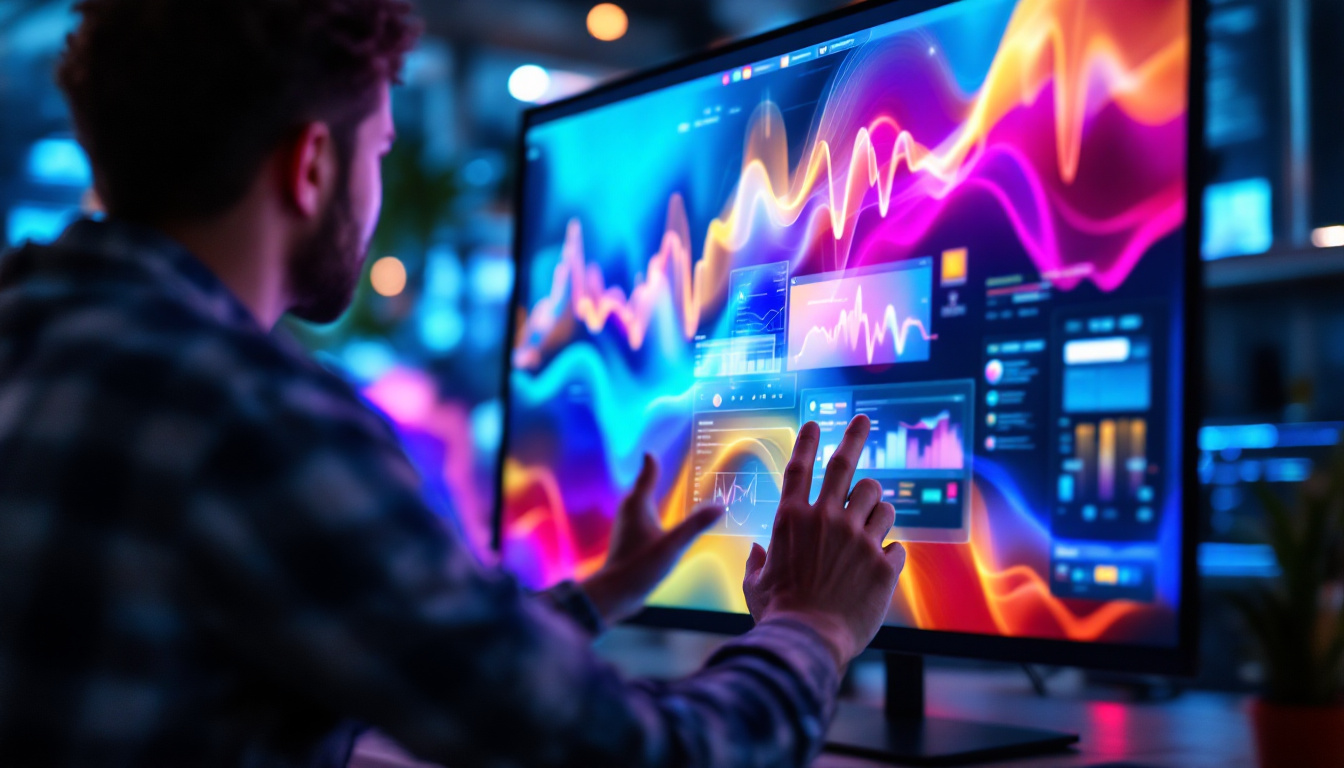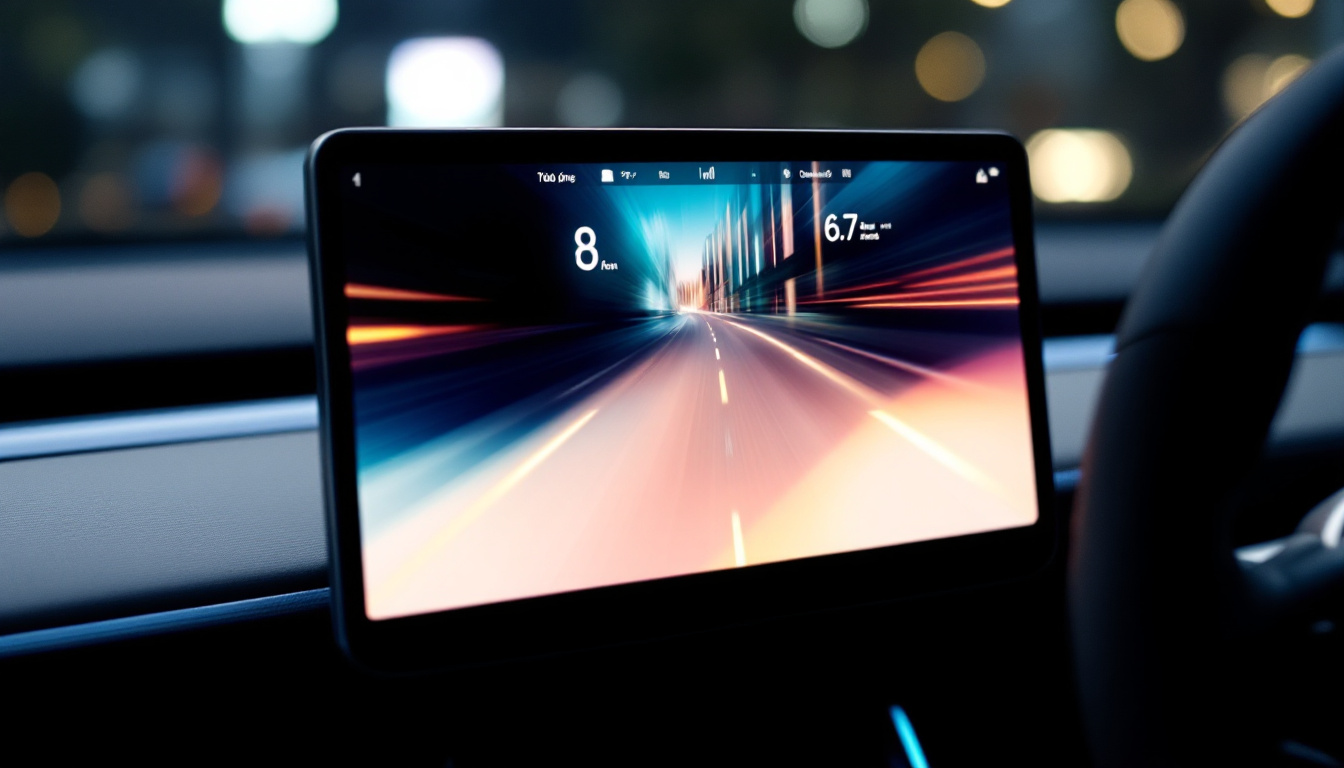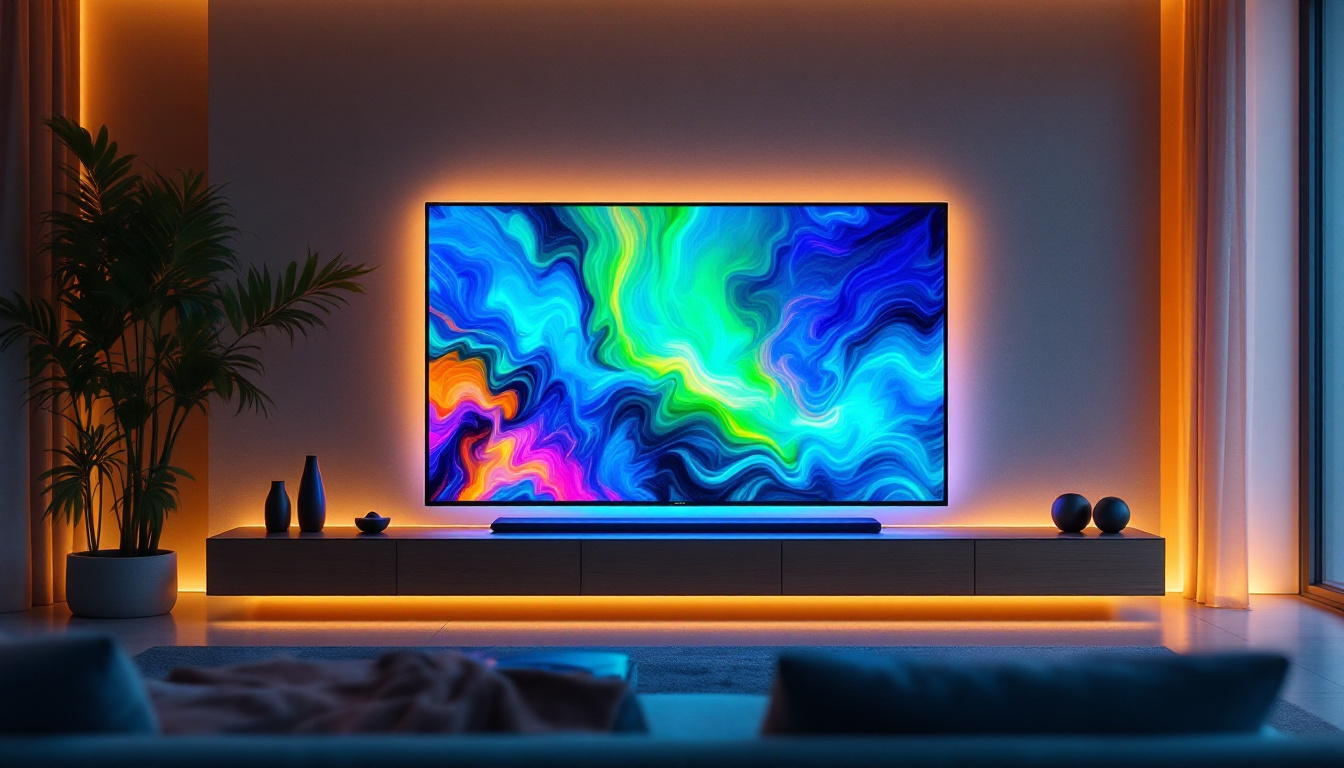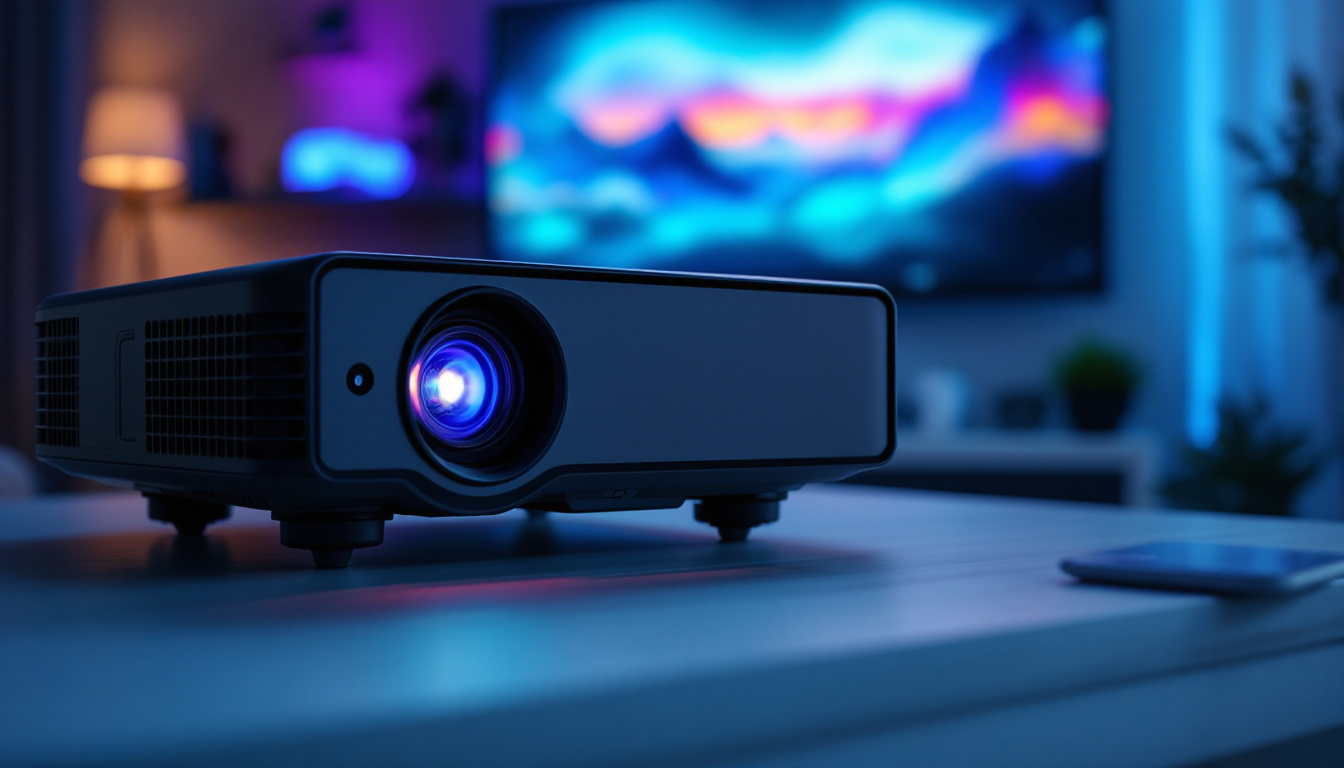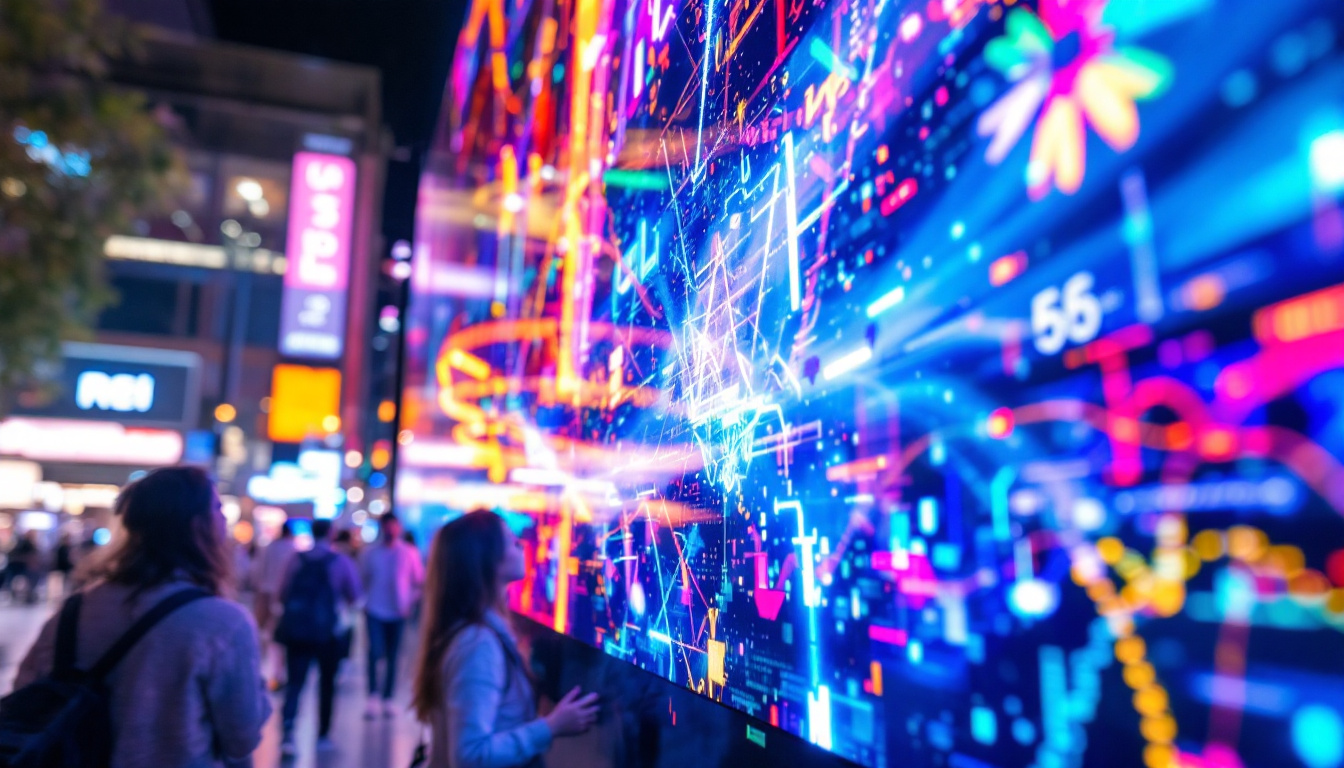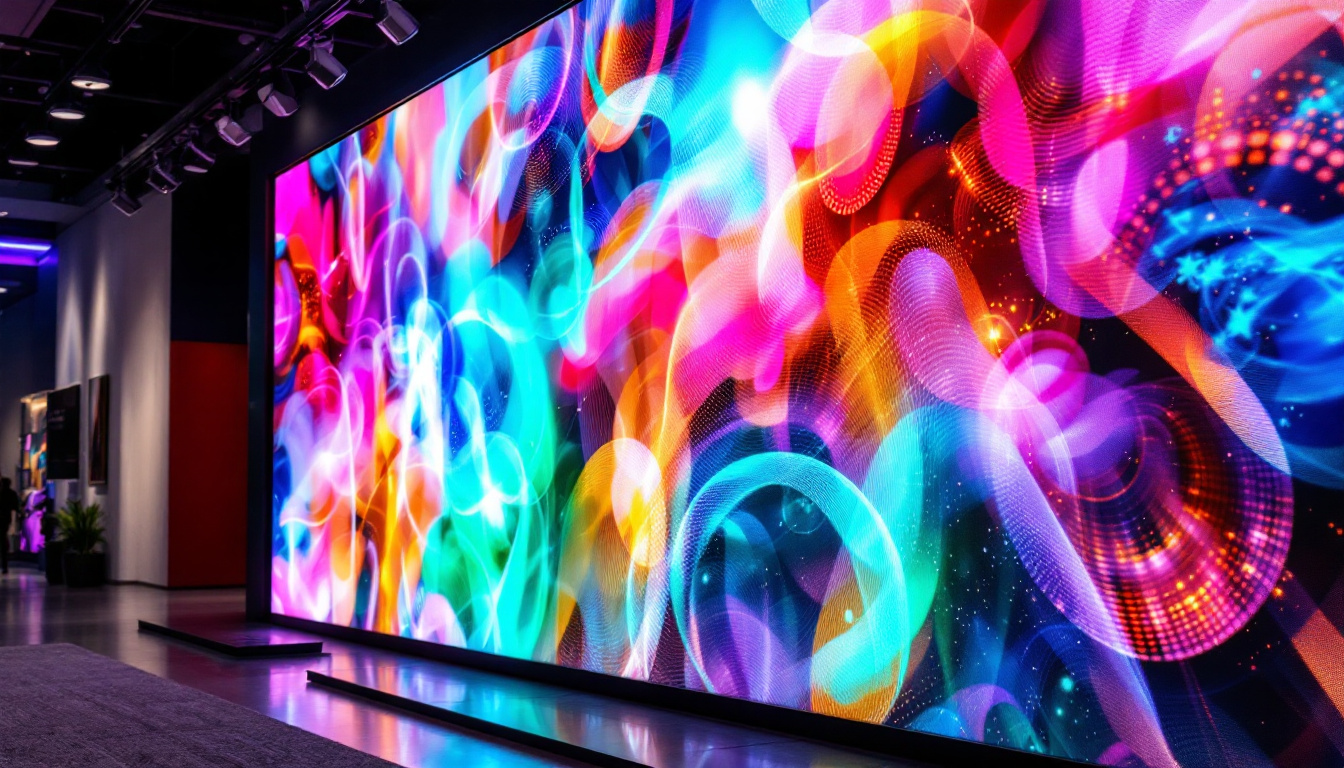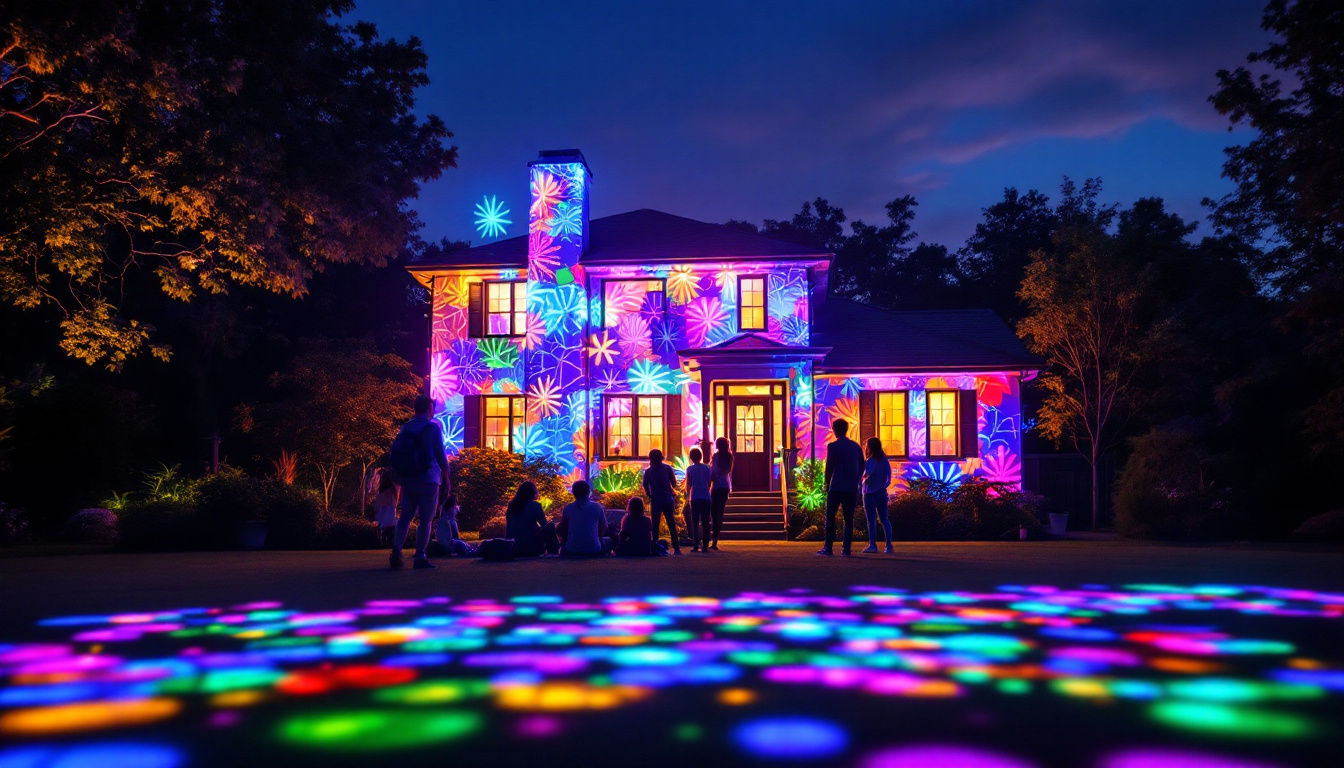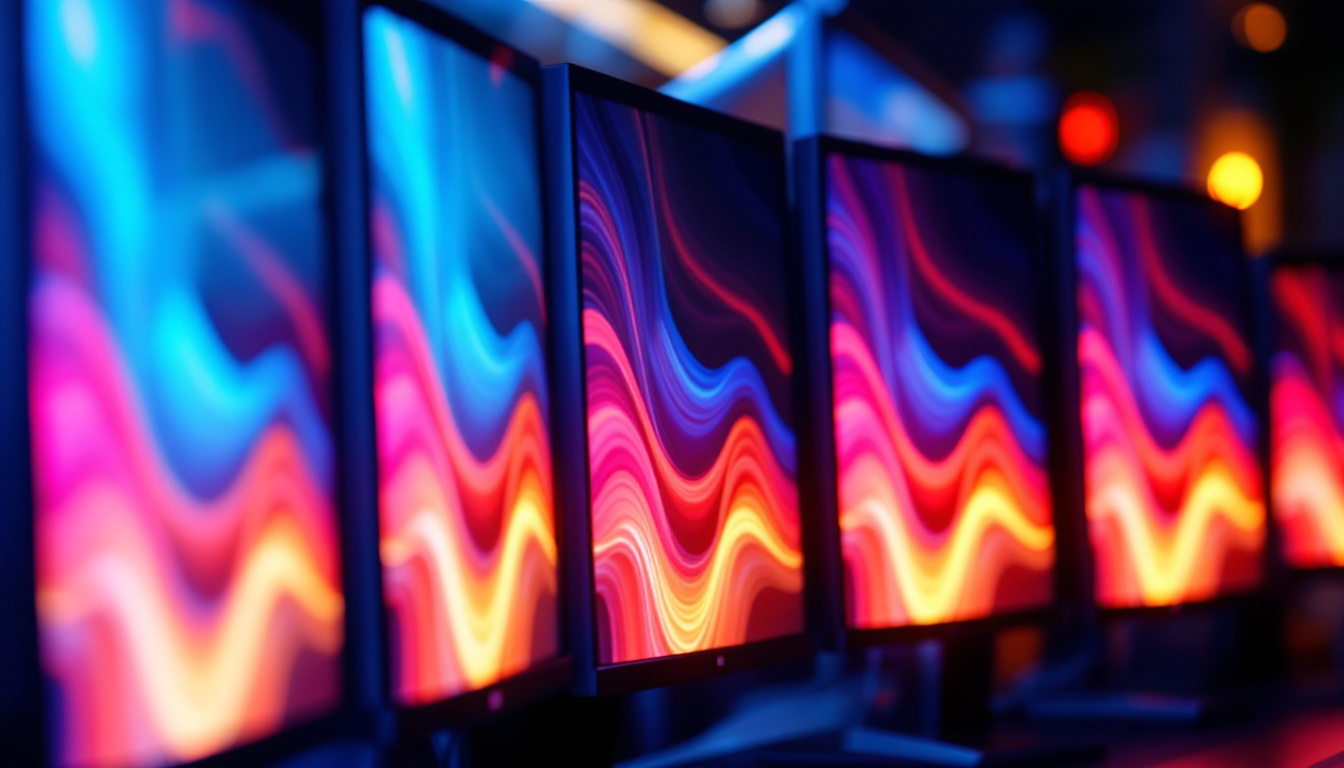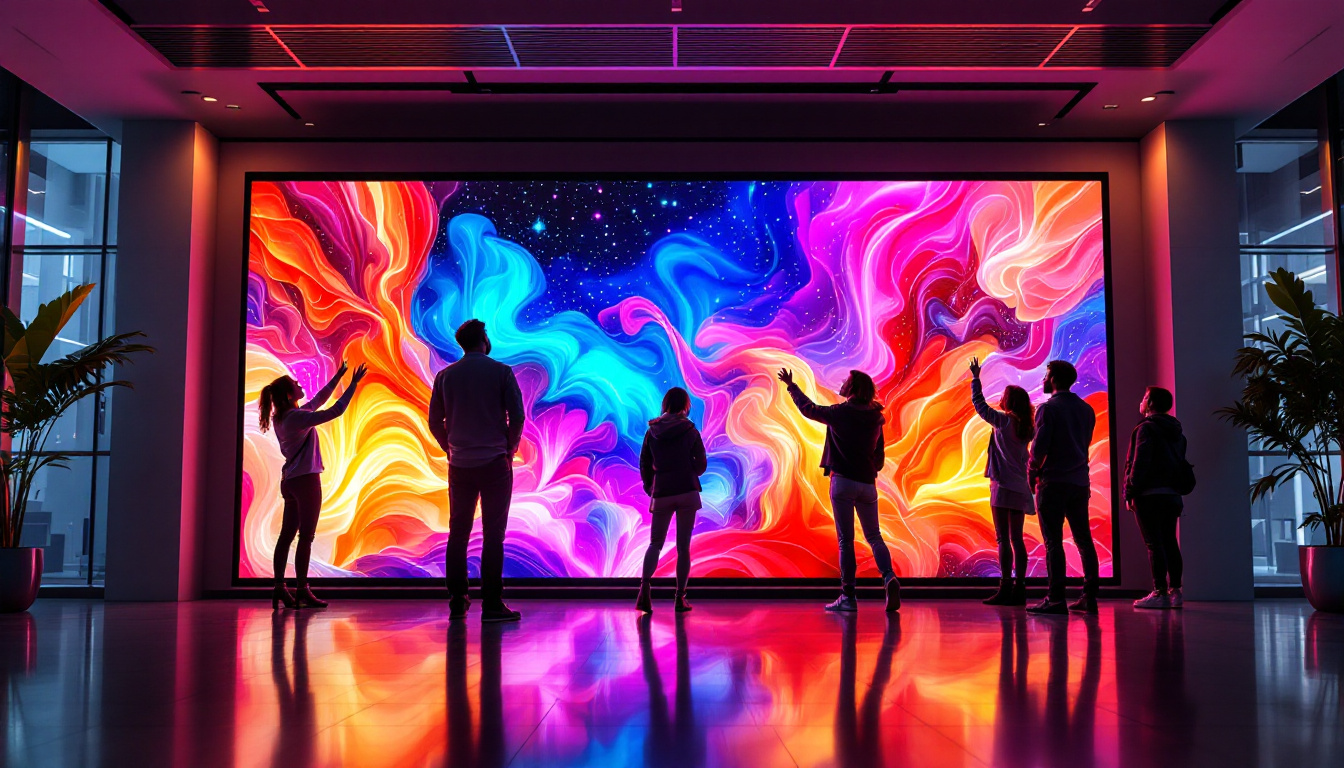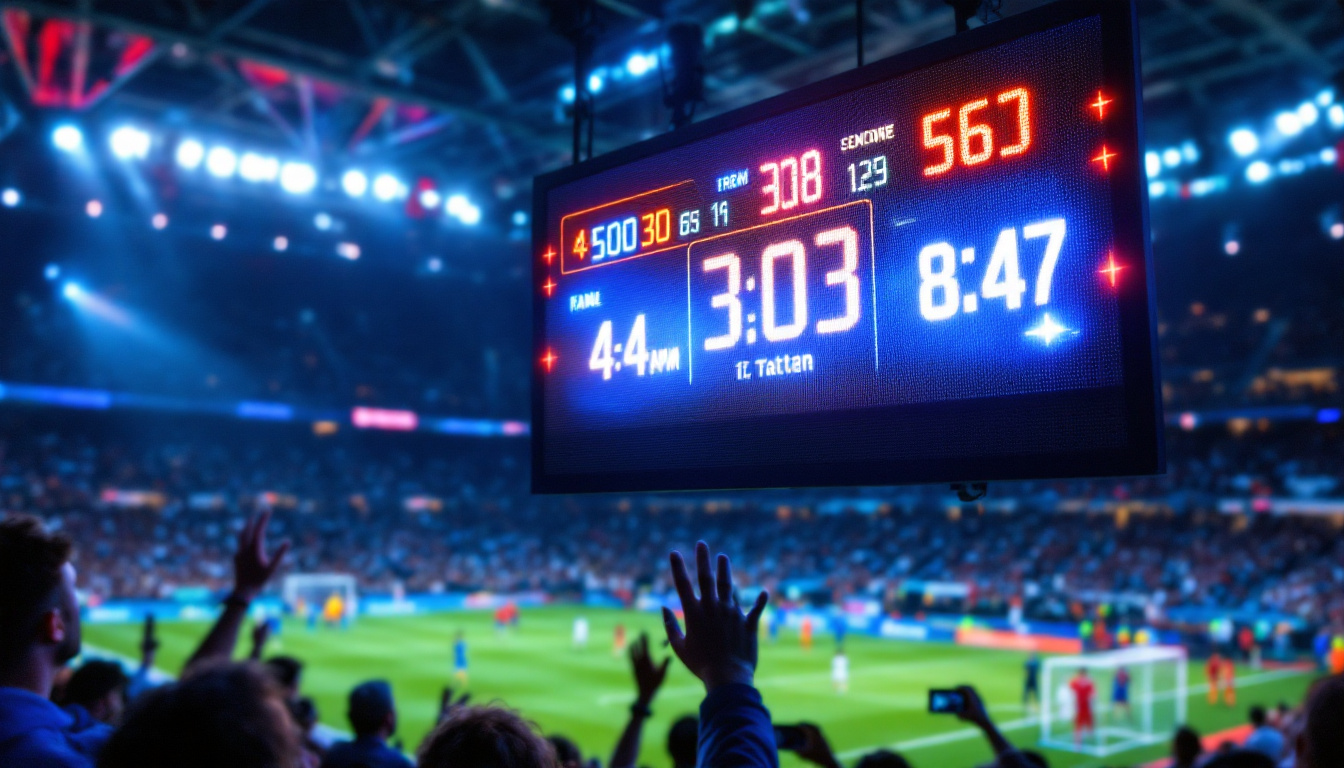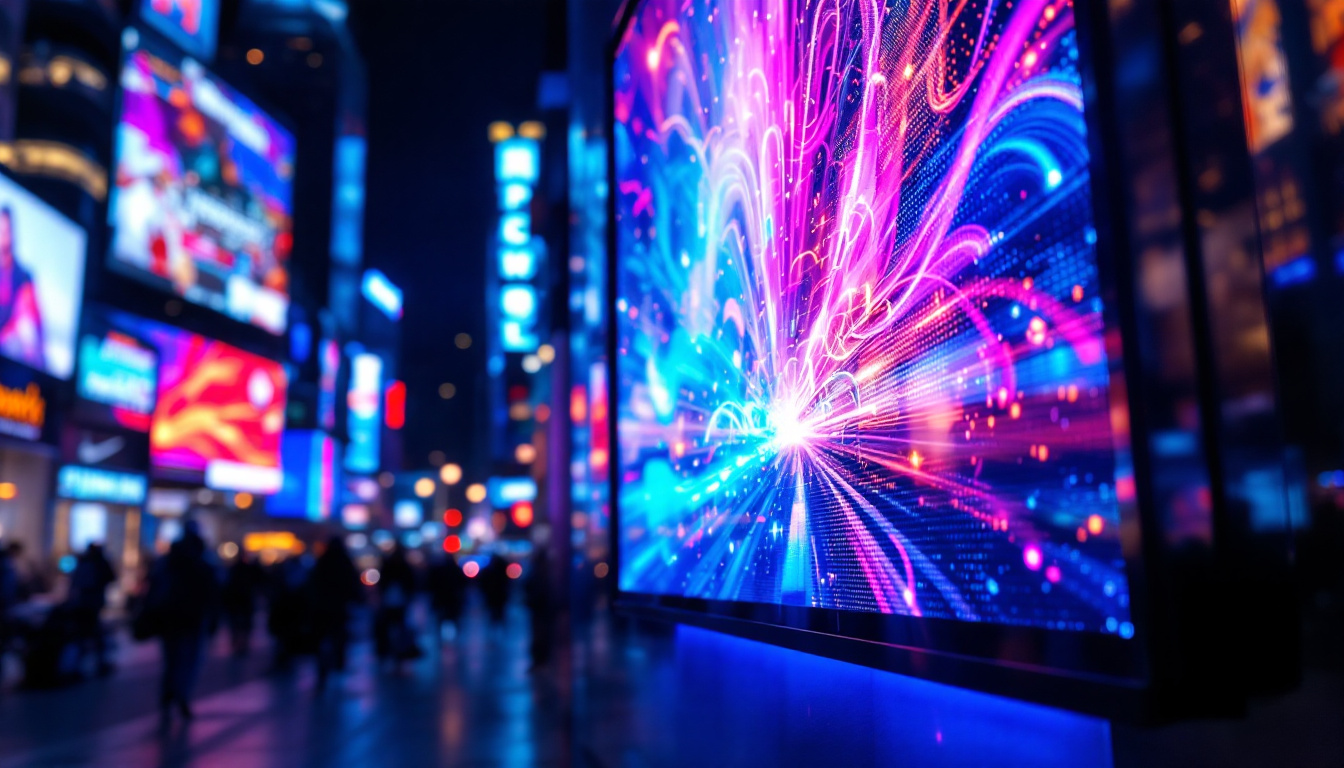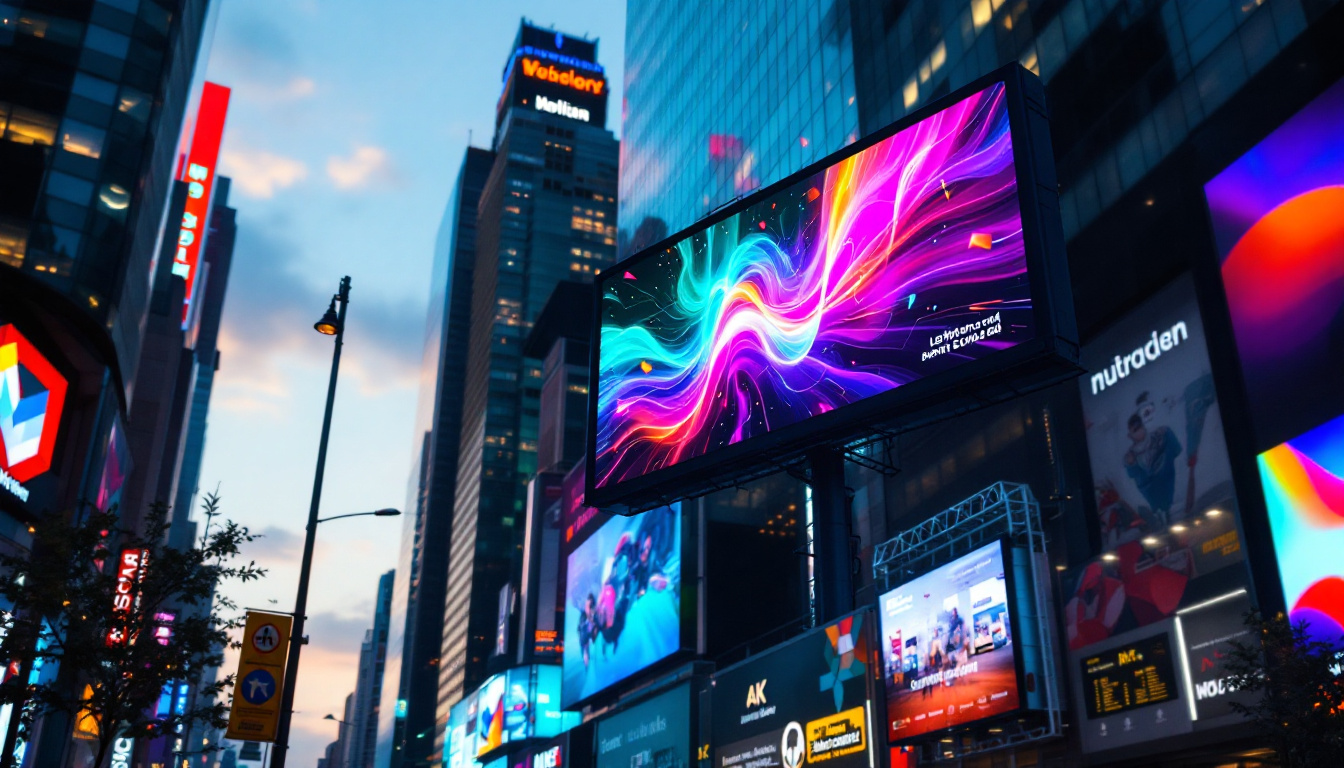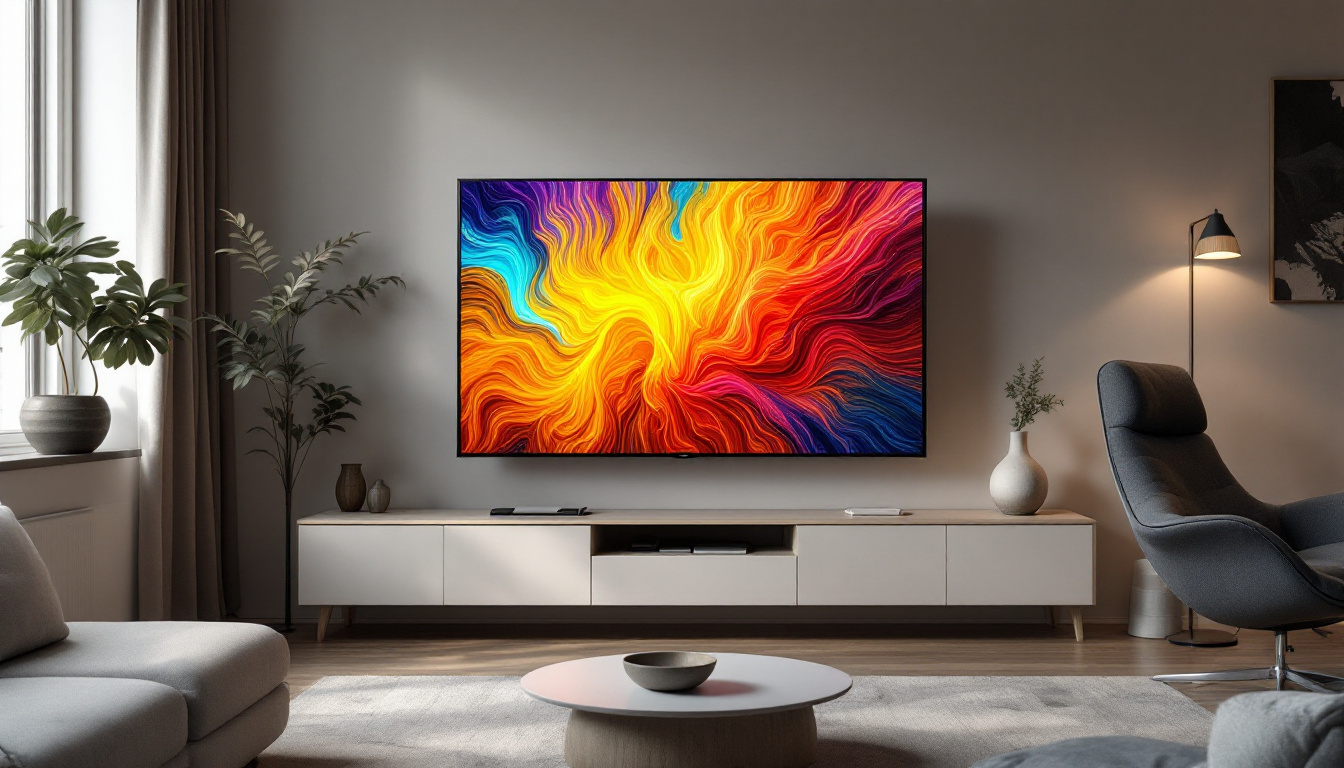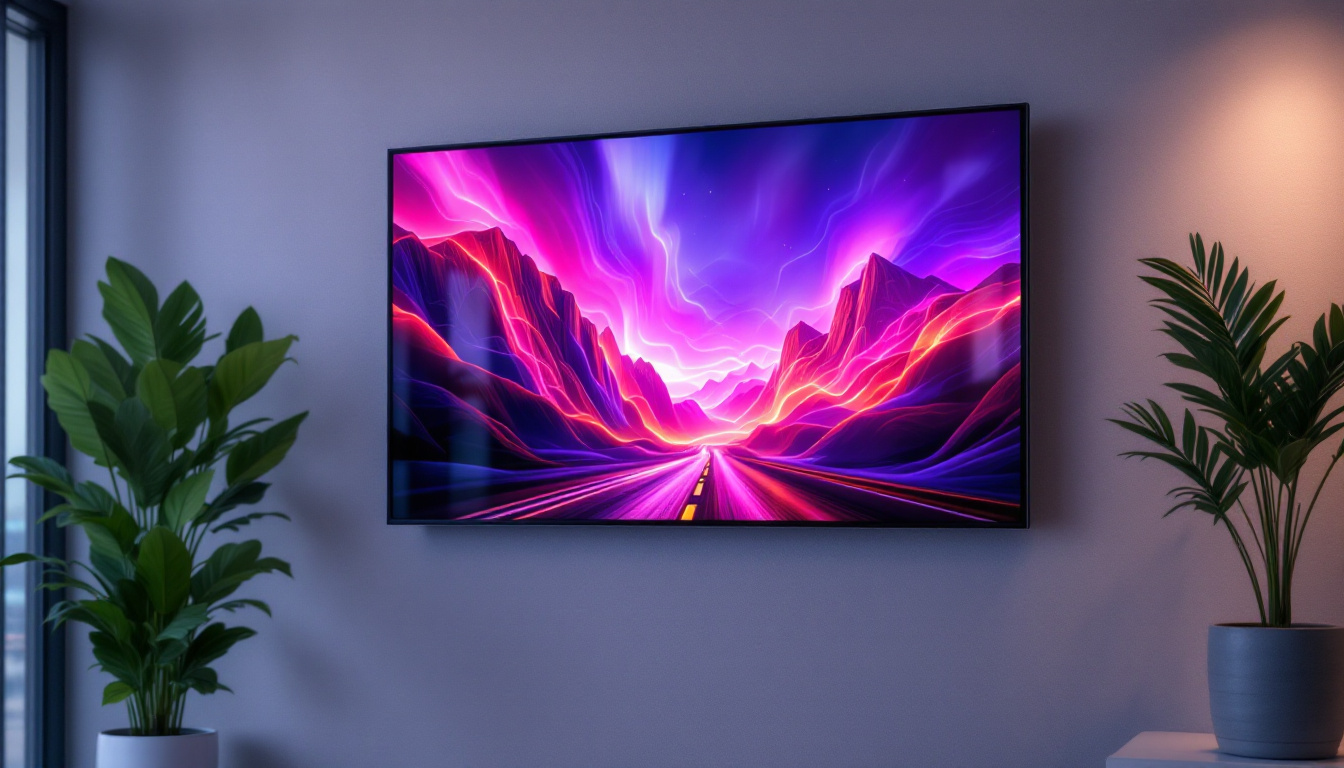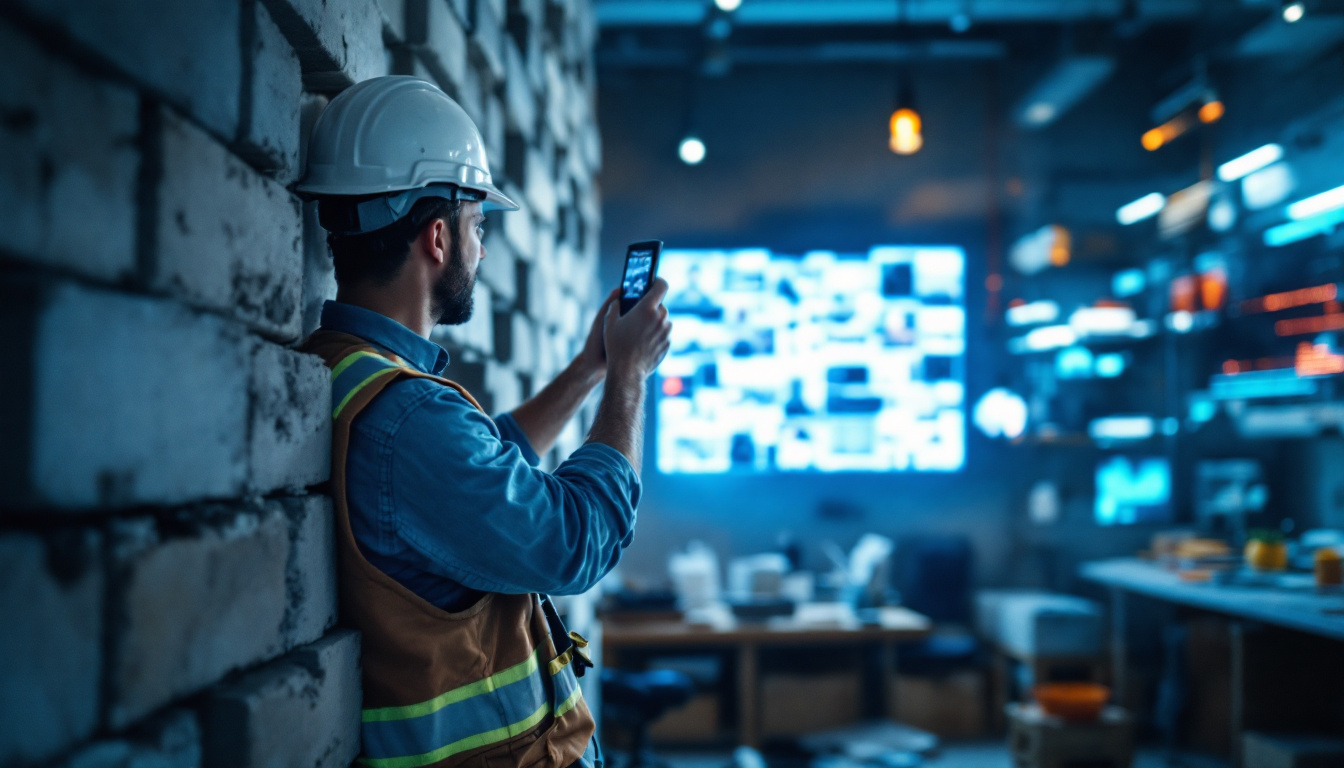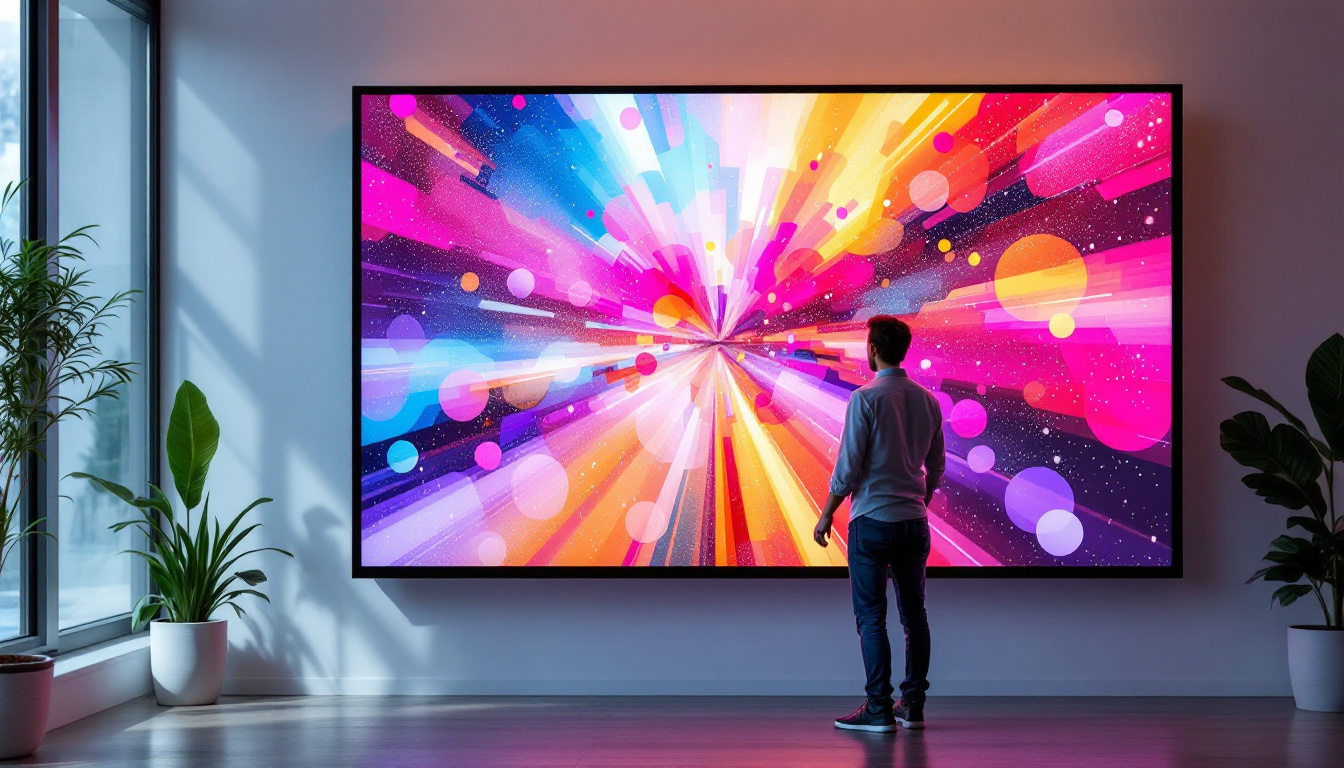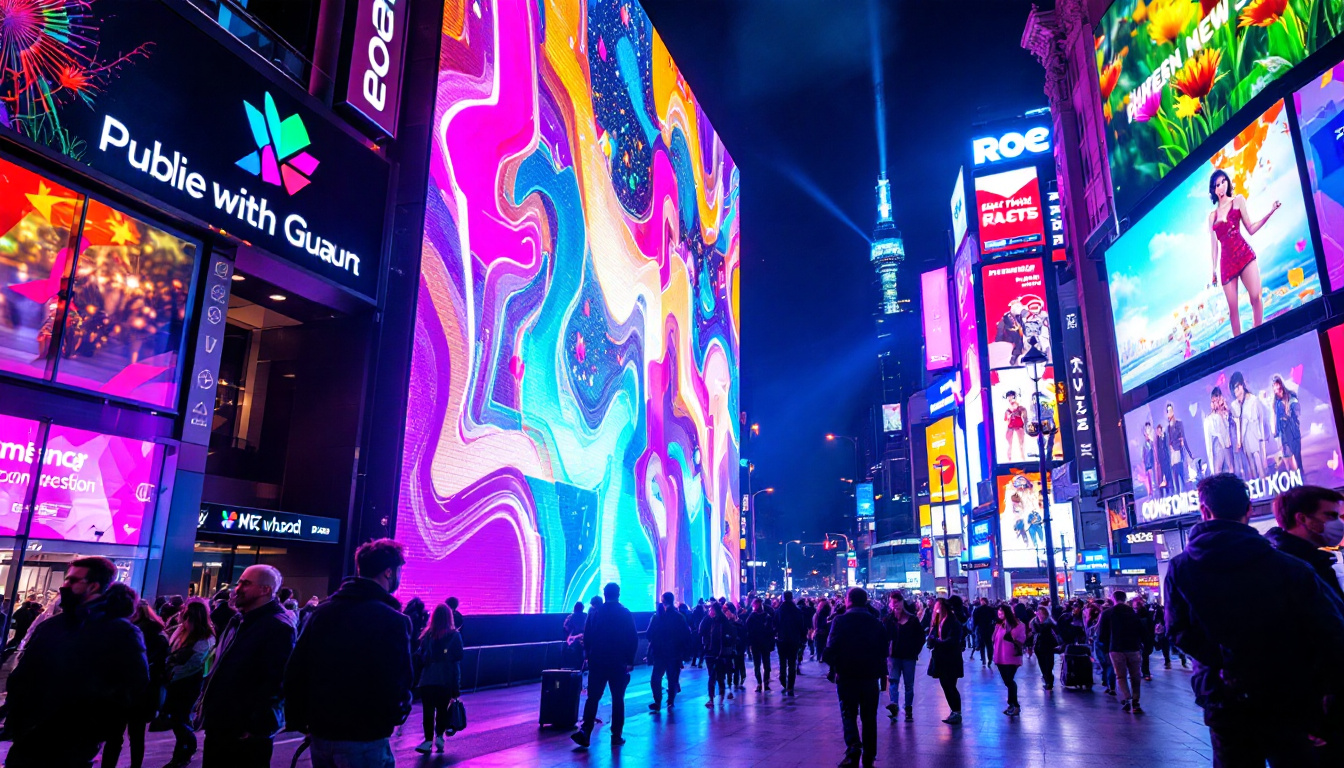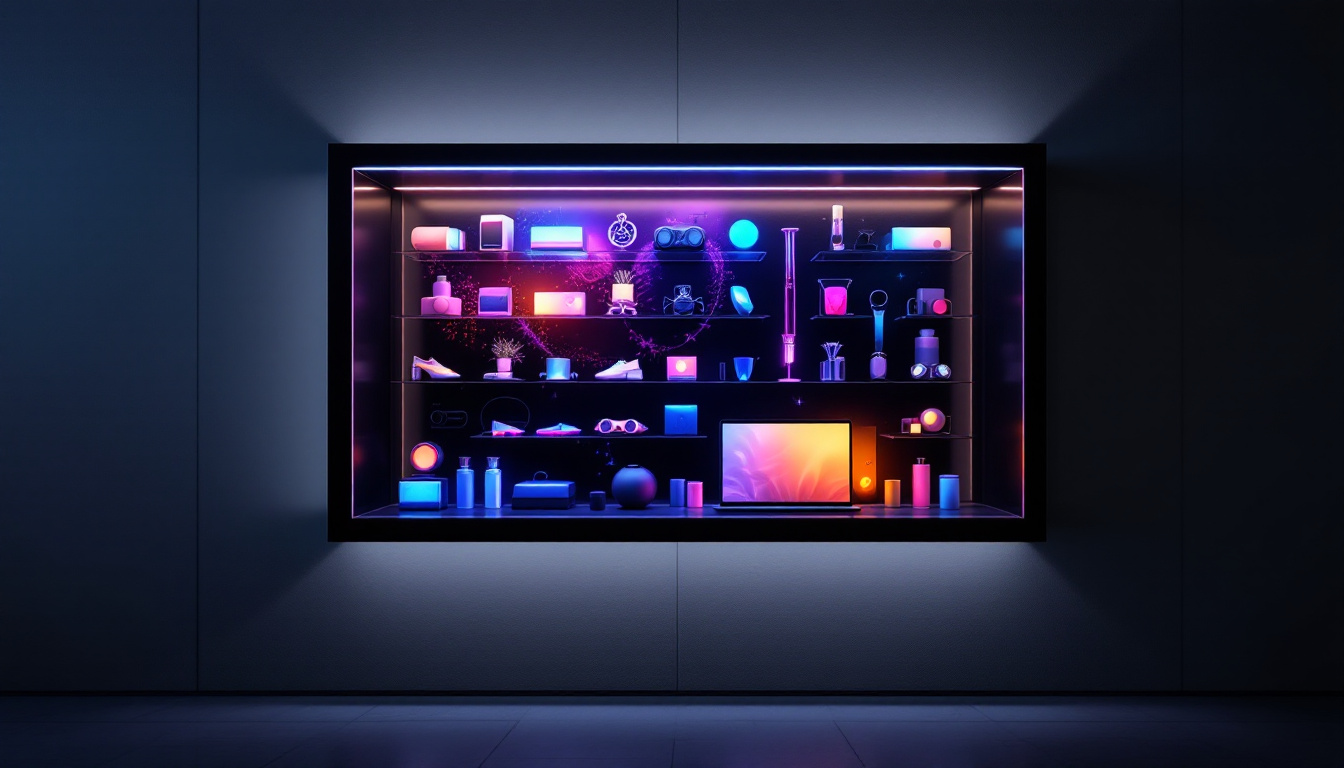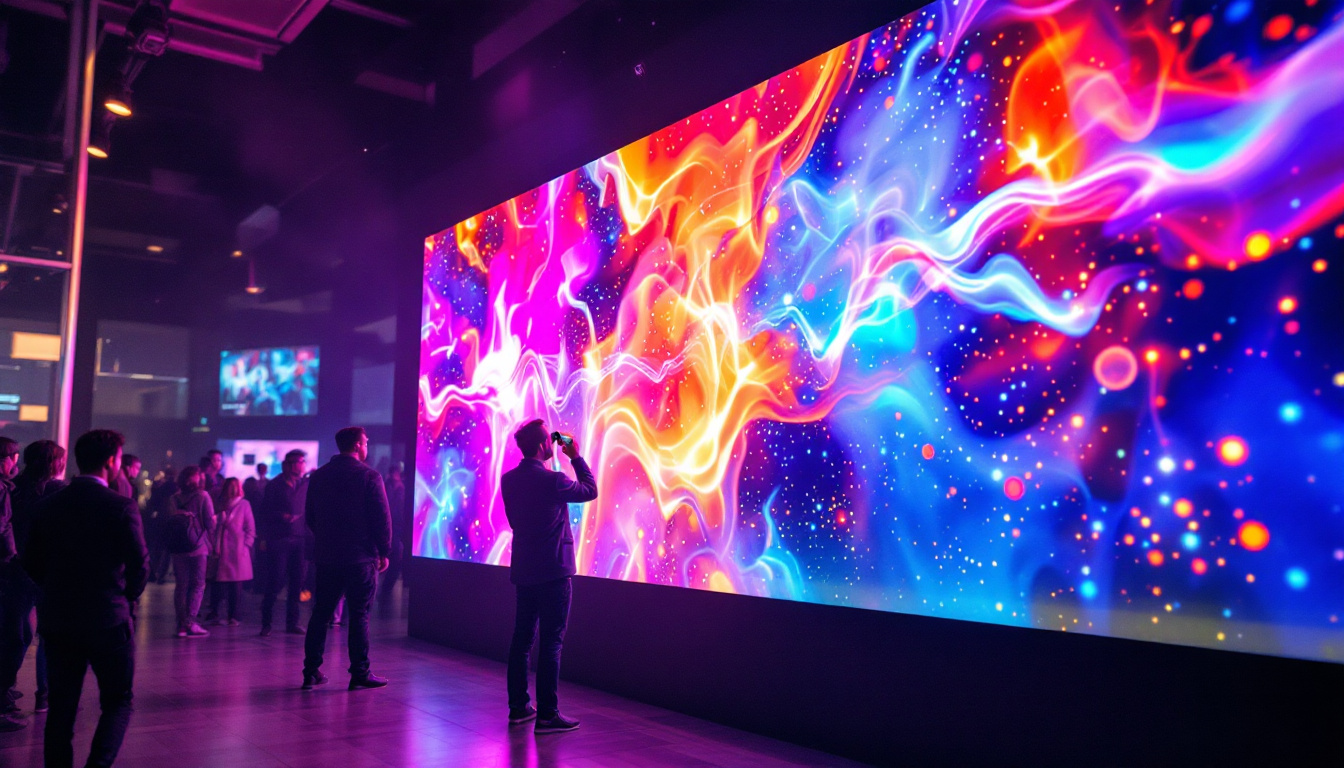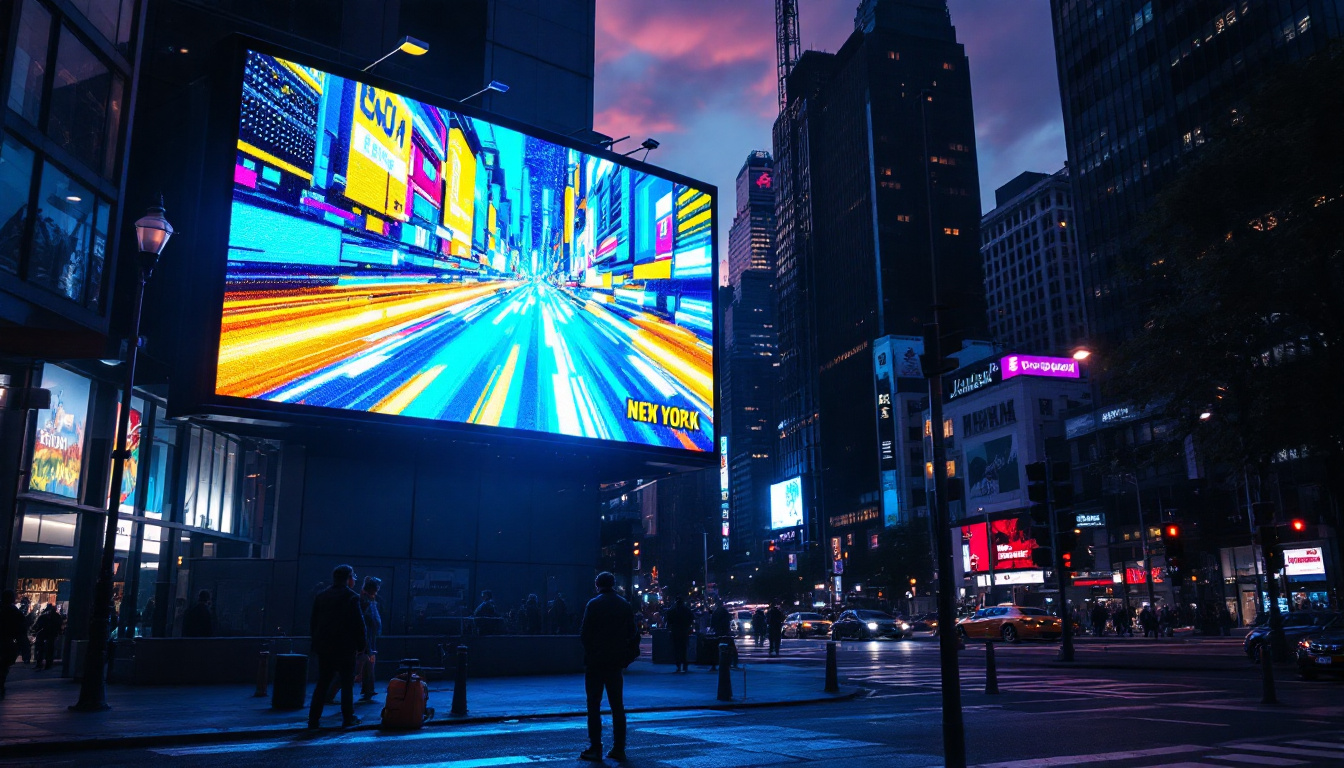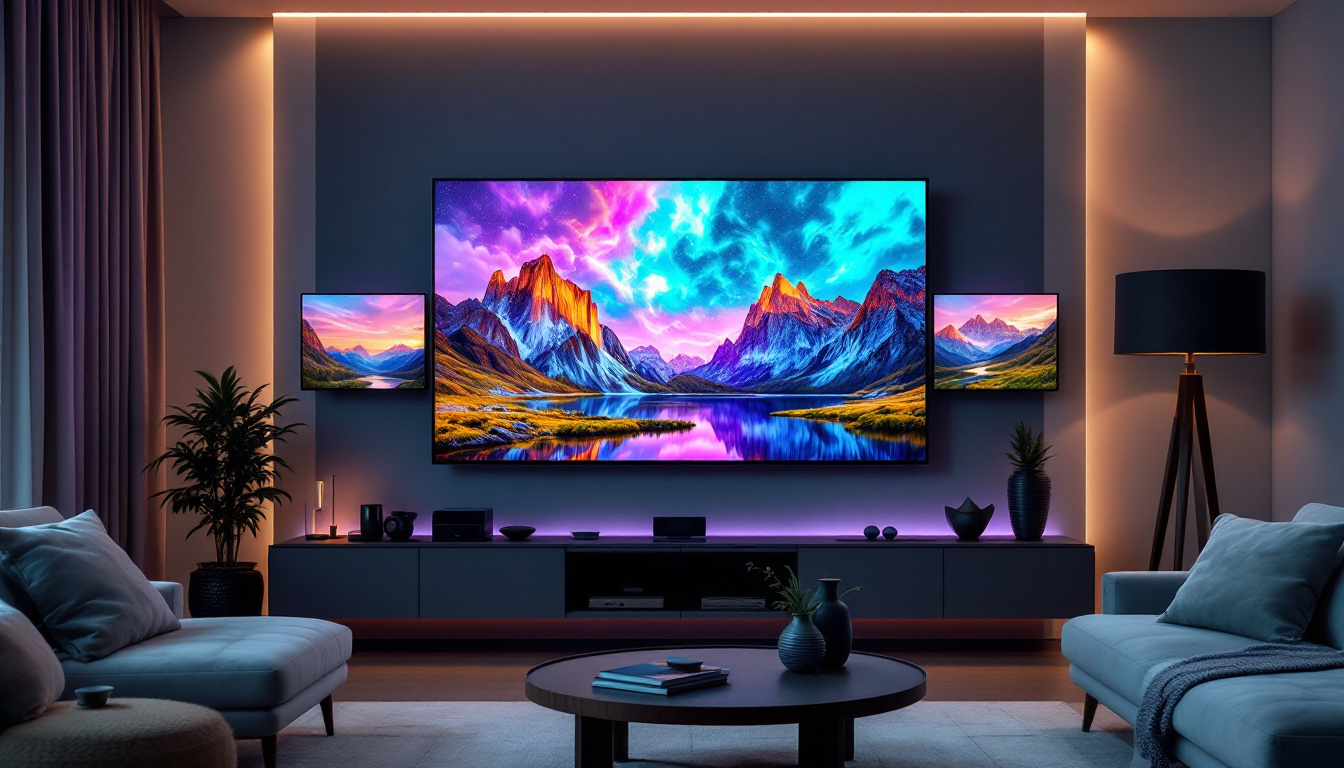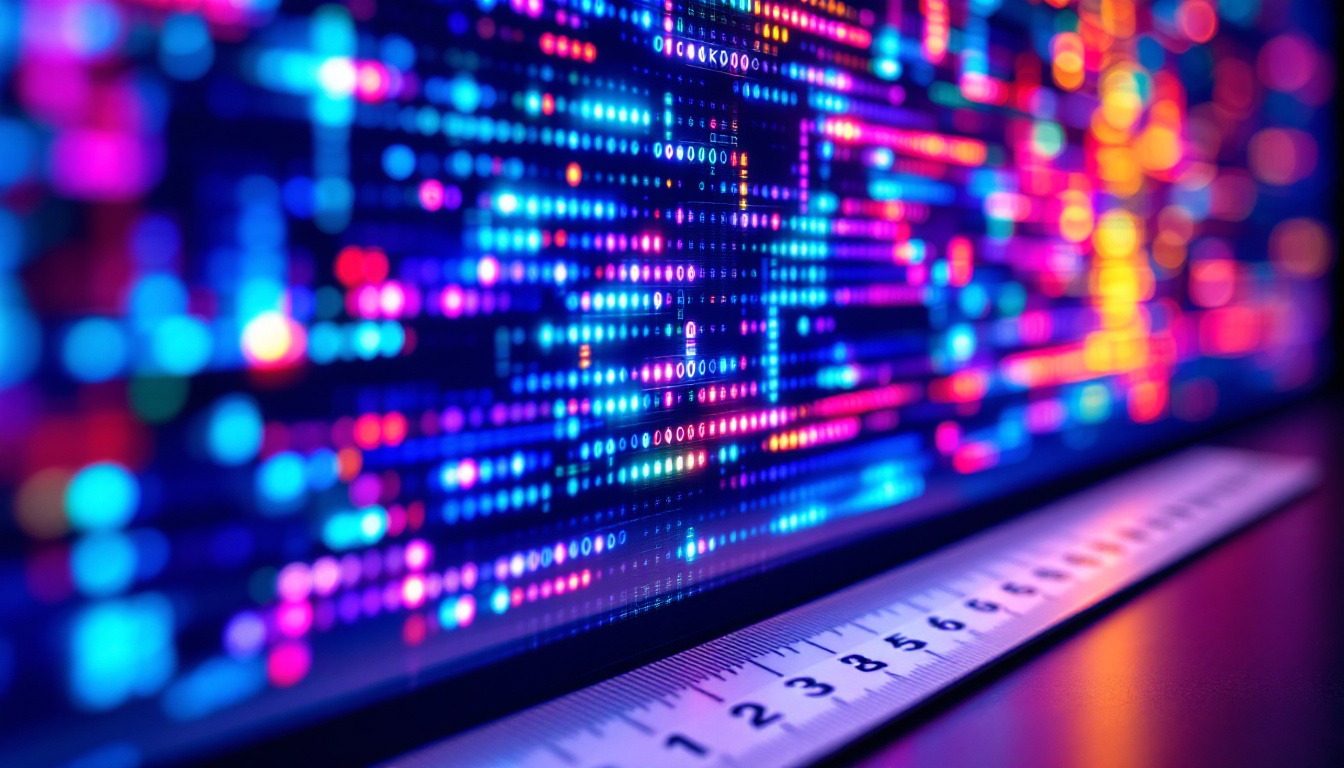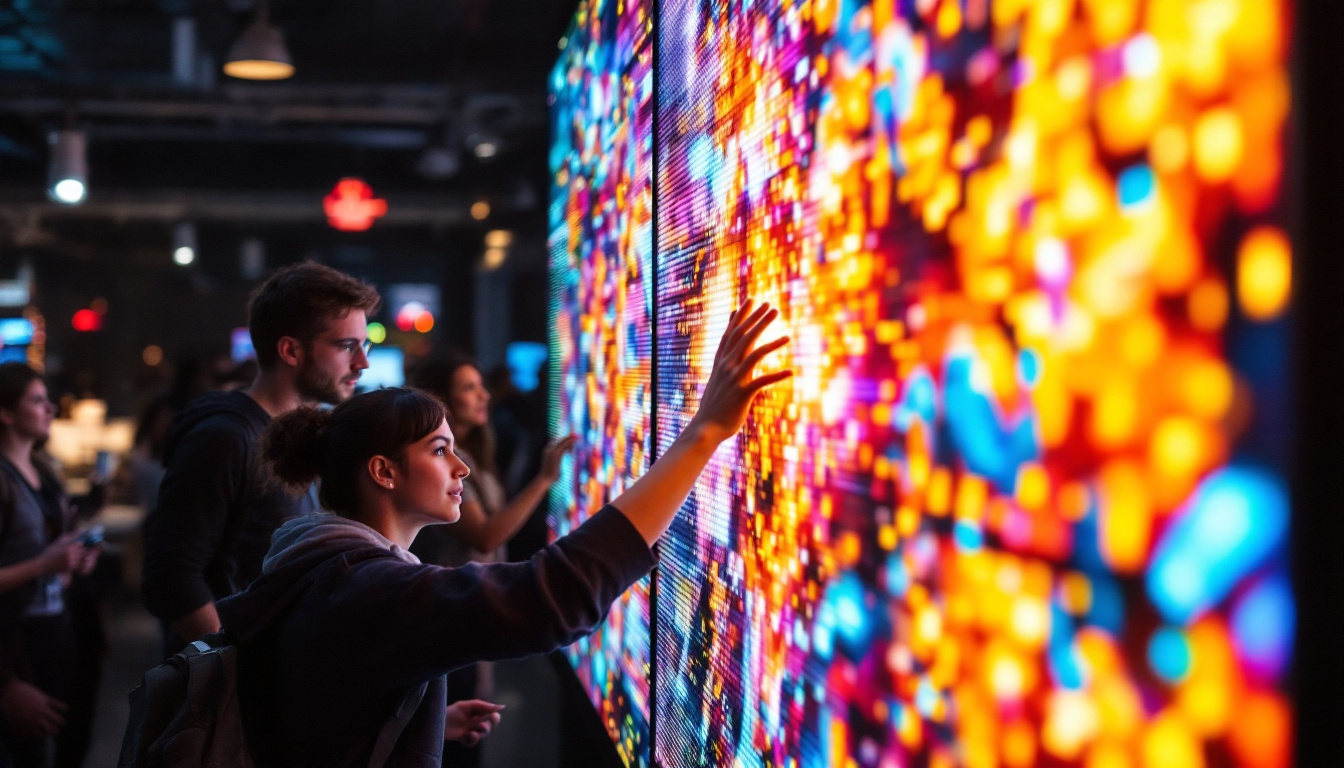The evolution of educational technology has transformed the traditional classroom into a dynamic learning environment. Among the most significant advancements is the introduction of the smartboard, particularly those equipped with LED displays. This article delves into the features, benefits, and functionalities of classroom smartboards, shedding light on how they enhance the educational experience.
Understanding Smartboards
Smartboards are interactive whiteboards that combine traditional teaching methods with modern technology. They allow teachers and students to engage with digital content in an interactive manner. The integration of LED displays has further enhanced their capabilities, making them a staple in many classrooms around the world. With the ability to connect to various devices, such as laptops and tablets, smartboards facilitate a seamless transition between different types of media, enriching the learning experience. This adaptability not only caters to diverse learning styles but also prepares students for a technology-driven future.
What is an LED Display?
LED, or Light Emitting Diode, displays are known for their vibrant colors and high brightness levels. Unlike traditional LCD screens, LED displays offer better contrast ratios and energy efficiency. In the context of smartboards, LED technology provides a clearer, more vivid image that can be easily viewed from various angles, making it ideal for classroom settings. Additionally, LED displays have a longer lifespan compared to their LCD counterparts, reducing the need for frequent replacements and making them a more cost-effective choice for educational institutions.
Features of LED Smartboards
LED smartboards come packed with features that cater to the diverse needs of educators and students. Some of the notable features include:
- Touch Sensitivity: Most LED smartboards are equipped with touch-sensitive technology, allowing users to interact directly with the display. This feature encourages active participation and collaboration among students.
- High Resolution: With resolutions often exceeding Full HD, LED displays ensure that text and images are sharp and clear, which is crucial for effective teaching.
- Multi-User Capability: Many smartboards support multiple users simultaneously, enabling group work and collaborative learning experiences.
Moreover, LED smartboards often come with integrated software that enhances their functionality. This software typically includes tools for creating interactive lessons, quizzes, and presentations, allowing teachers to tailor their teaching methods to the curriculum and the needs of their students. Additionally, many smartboards offer cloud connectivity, enabling educators to access a wealth of online resources and share materials with students in real-time. This connectivity fosters a more dynamic learning environment where students can explore subjects in depth and collaborate on projects, regardless of their physical location.
Another significant advantage of LED smartboards is their ability to support various multimedia formats. Teachers can easily incorporate videos, animations, and audio clips into their lessons, making complex concepts more accessible and engaging for students. This multimedia approach not only captures students’ attention but also aids in retention and understanding of the material. As a result, LED smartboards are not just a tool for displaying information; they are a gateway to a more interactive and immersive educational experience that can inspire creativity and critical thinking among learners.
Benefits of Using LED Smartboards in Classrooms
The integration of LED smartboards in educational settings offers numerous advantages that can significantly enhance the learning experience. These benefits extend beyond mere convenience, impacting student engagement and educational outcomes.
Enhanced Engagement
One of the primary benefits of LED smartboards is their ability to capture students’ attention. The interactive nature of these boards encourages participation, making lessons more engaging. Students can interact with content directly, whether it’s solving math problems, participating in quizzes, or collaborating on projects. This hands-on approach not only keeps students focused but also allows them to take ownership of their learning, leading to a deeper understanding of the material.
Moreover, the visual appeal of LED smartboards, with their bright colors and high-definition displays, can stimulate interest in subjects that students might otherwise find dull. For instance, a science lesson about the solar system can come to life with vivid images and animations, making it easier for students to grasp complex ideas. By incorporating multimedia elements, teachers can create a more immersive learning environment that resonates with today’s tech-savvy students.
Improved Collaboration
Collaboration is a key component of modern education, and LED smartboards facilitate this by allowing multiple users to engage with the content simultaneously. Group projects become more dynamic as students can share their ideas in real-time, fostering teamwork and communication skills. The ability to brainstorm collectively on the smartboard encourages students to express their thoughts freely, leading to a richer exchange of ideas.
Additionally, the collaborative features of LED smartboards can extend beyond the classroom. With the integration of cloud-based applications, students can work on projects from different locations, contributing to a shared document or presentation. This not only prepares them for the collaborative nature of the modern workforce but also teaches them valuable skills in digital communication and project management.
Access to a Wealth of Resources
LED smartboards provide educators with access to a vast array of digital resources. Teachers can easily integrate videos, animations, and interactive simulations into their lessons, making complex concepts more accessible. This wealth of resources can cater to different learning styles, ensuring that all students have the opportunity to succeed. For example, visual learners benefit from infographics and videos, while kinesthetic learners can engage with interactive simulations that allow them to experiment and explore.
Furthermore, the ability to access real-time information from the internet means that lessons can be updated with the latest data and findings, keeping the curriculum relevant and engaging. Teachers can pull in current events or recent scientific discoveries to illustrate points, making learning not just a theoretical exercise but a connection to the world outside the classroom. This dynamic approach not only enriches the educational experience but also cultivates a sense of curiosity and inquiry among students, encouraging them to become lifelong learners.
Implementing LED Smartboards in the Classroom
While the benefits of LED smartboards are clear, successful implementation requires careful planning and consideration. Educational institutions must assess their needs and ensure that they are equipped to integrate this technology effectively. The transition from traditional teaching methods to a more interactive approach can be daunting, but with the right strategies in place, schools can create a dynamic learning environment that fosters student engagement and collaboration.
Training and Support
One of the most critical aspects of implementing LED smartboards is providing adequate training for teachers. Professional development programs should be established to familiarize educators with the technology, ensuring they feel confident in using it to enhance their teaching methods. These programs can include hands-on workshops, online tutorials, and ongoing support from tech specialists who can assist teachers in troubleshooting and exploring innovative ways to utilize smartboards in lesson planning. Furthermore, creating a community of practice among educators can encourage the sharing of best practices and success stories, ultimately leading to a more cohesive approach to technology integration.
Infrastructure Considerations
Before introducing LED smartboards, schools must evaluate their infrastructure. This includes ensuring that classrooms have the necessary electrical outlets, internet connectivity, and sufficient space for the boards. A well-planned setup can prevent technical issues and enhance the overall user experience. Additionally, schools should consider the acoustics of the classroom, as sound quality plays a vital role in the effectiveness of interactive lessons. Adequate lighting is also essential, as it can impact the visibility of the smartboard, particularly in brightly lit environments. By addressing these infrastructure elements, schools can create an optimal setting for both teaching and learning, allowing educators and students to fully leverage the capabilities of LED smartboards.
Challenges and Considerations
Despite their numerous benefits, LED smartboards are not without challenges. Educators and administrators must be aware of potential issues that may arise during their use.
Cost Implications
The initial investment in LED smartboards can be significant. Schools must consider their budget and explore funding options, such as grants or partnerships with technology companies. Additionally, ongoing maintenance and software updates can add to the overall cost.
Technical Issues
Like any technology, LED smartboards can experience technical difficulties. Schools should have a plan in place for troubleshooting and support to minimize disruptions during lessons. Regular maintenance and updates can help mitigate these issues.
Future of LED Smartboards in Education
The future of LED smartboards in education looks promising as technology continues to evolve. Innovations in interactive displays and educational software are likely to enhance their capabilities further, making them even more integral to the learning process.
Integration with Other Technologies
As classrooms become increasingly digitized, the integration of LED smartboards with other technologies, such as tablets and virtual reality, will create a more immersive learning environment. This convergence of technologies can lead to innovative teaching methods that cater to a diverse range of learning preferences.
Personalized Learning Experiences
Future advancements in LED smartboard technology may also focus on personalized learning experiences. By utilizing data analytics and artificial intelligence, educators can tailor lessons to meet the individual needs of each student, ensuring that everyone can thrive academically.
Conclusion
LED smartboards represent a significant advancement in educational technology, providing a platform for interactive and engaging learning experiences. Their ability to enhance collaboration, access diverse resources, and foster student engagement makes them an invaluable tool in modern classrooms. While challenges exist, the benefits far outweigh the drawbacks, paving the way for a more dynamic and effective educational landscape.
As technology continues to evolve, the role of LED smartboards in education will undoubtedly expand, offering new opportunities for teaching and learning. Embracing these innovations will be essential for educators seeking to prepare students for a rapidly changing world.
Discover LumenMatrix LED Display Solutions for Education
Ready to transform your educational environment with the latest in LED display technology? LumenMatrix is at the forefront of creating interactive and immersive learning experiences with our comprehensive range of LED display solutions. From vibrant Indoor LED Walls to engaging All-in-One LED Displays, our products are designed to captivate students and enhance collaboration in the classroom. Elevate your educational setting by exploring the innovative solutions that LumenMatrix has to offer. Check out LumenMatrix LED Display Solutions today and step into the future of learning.


